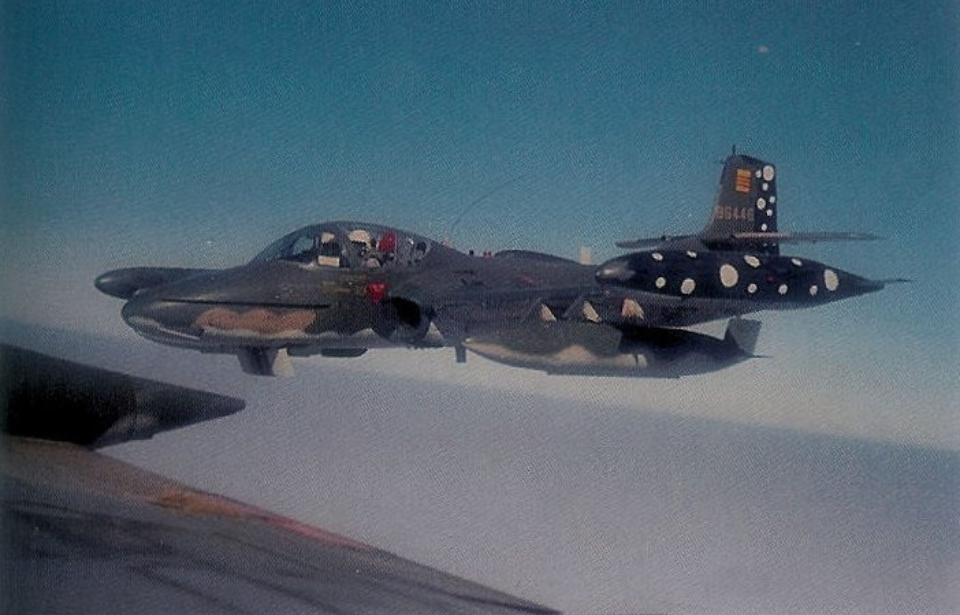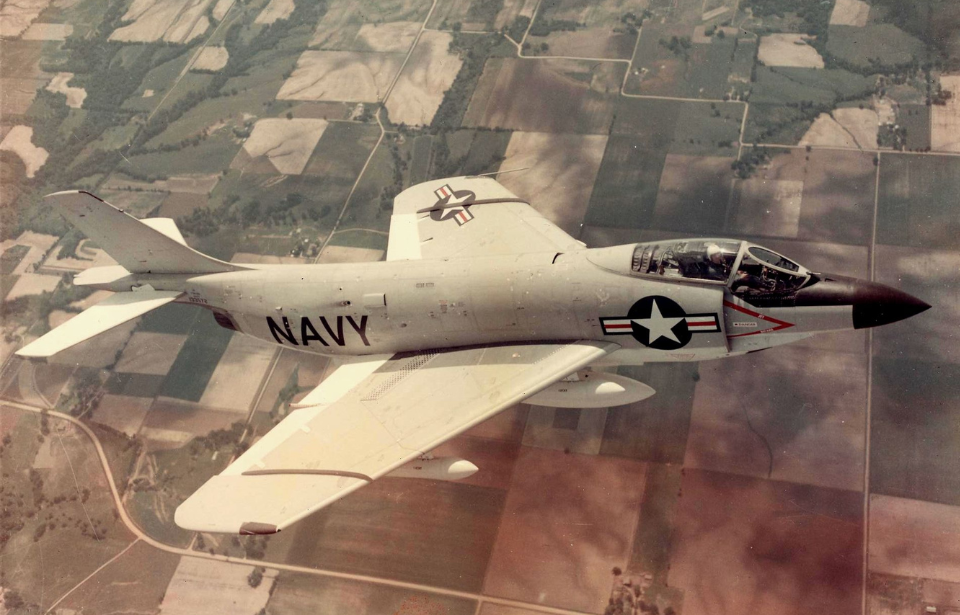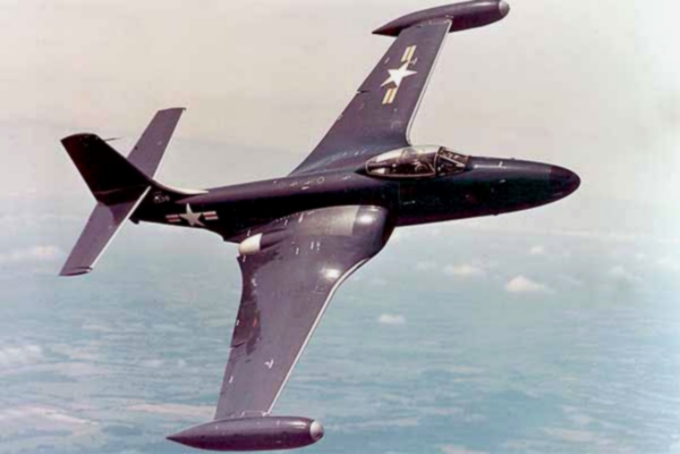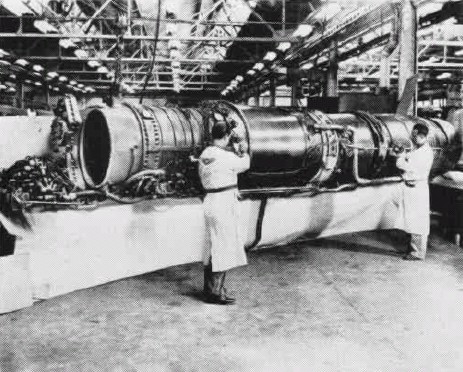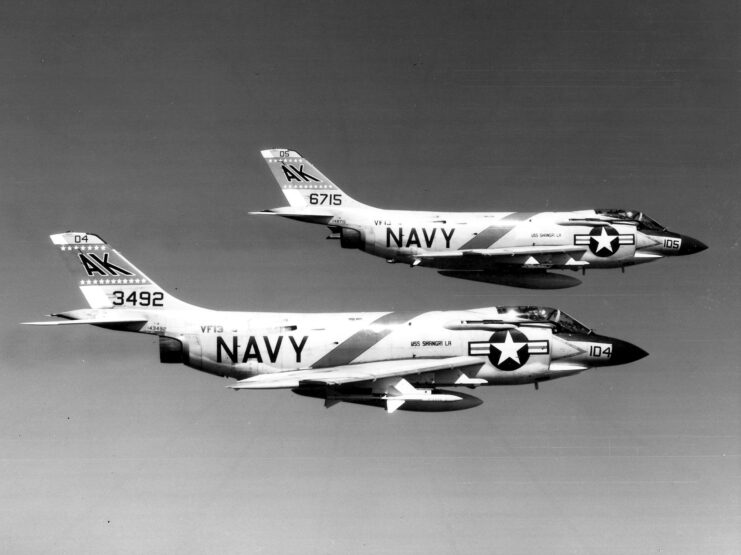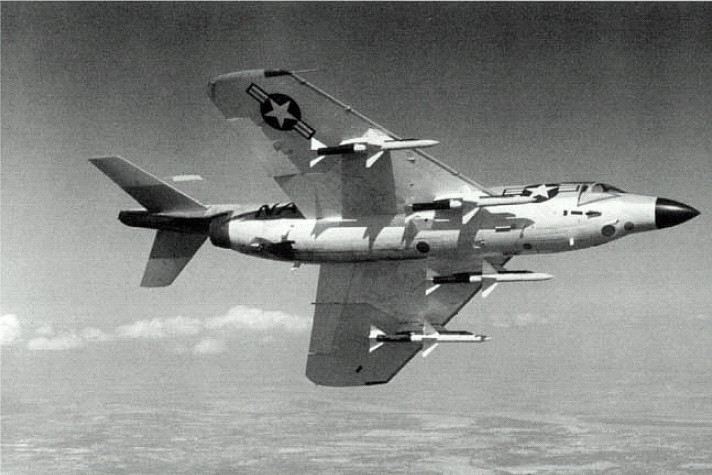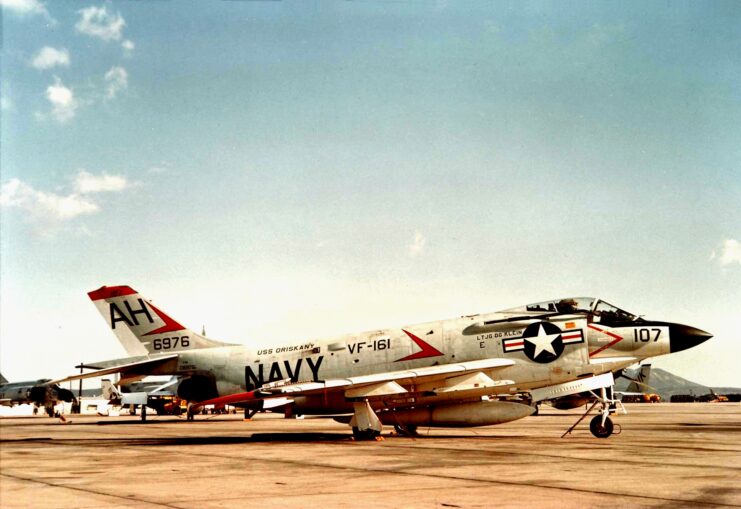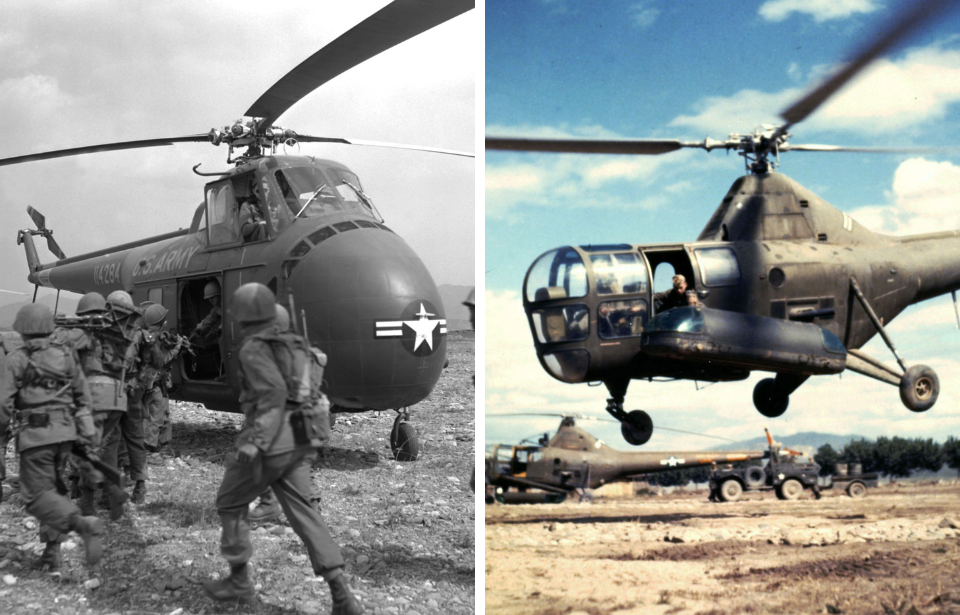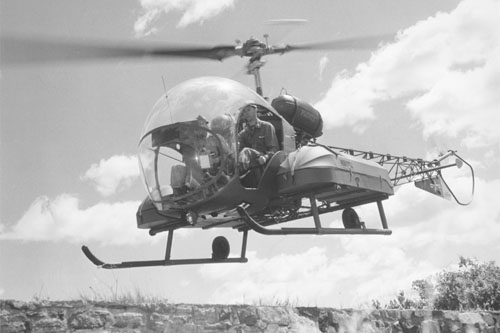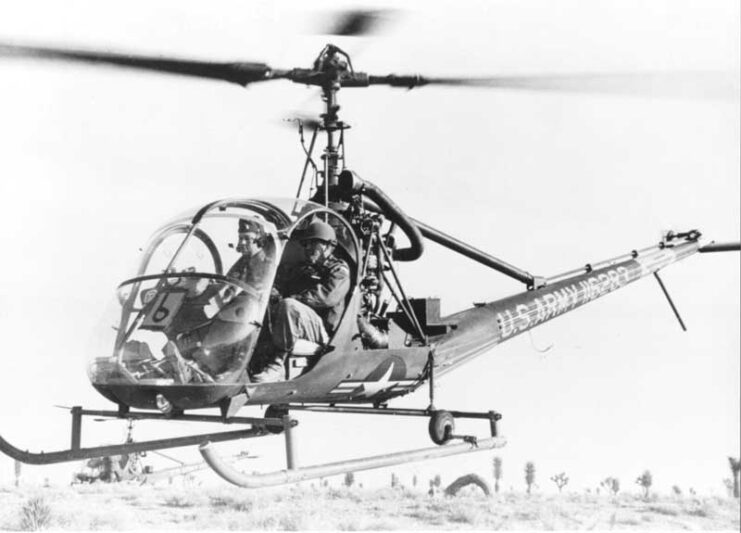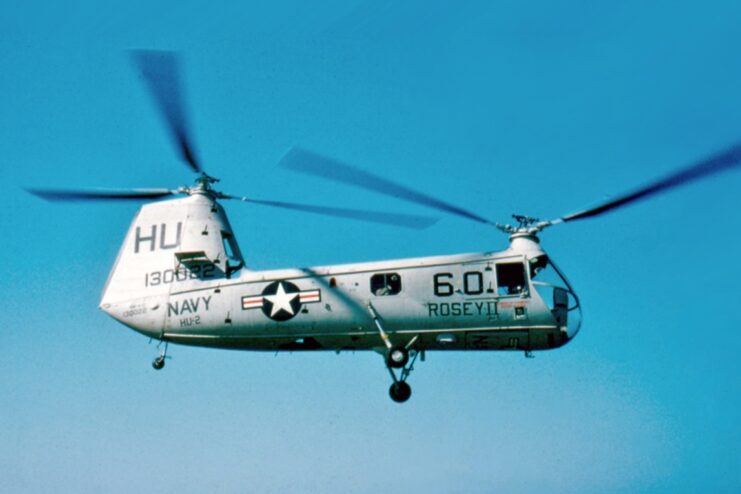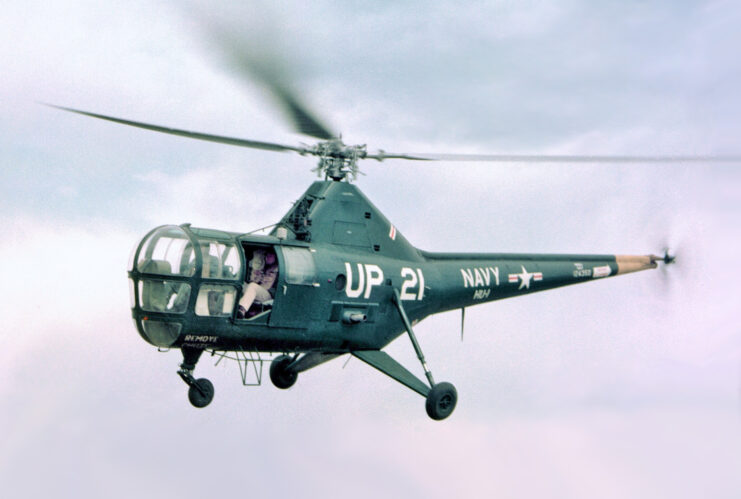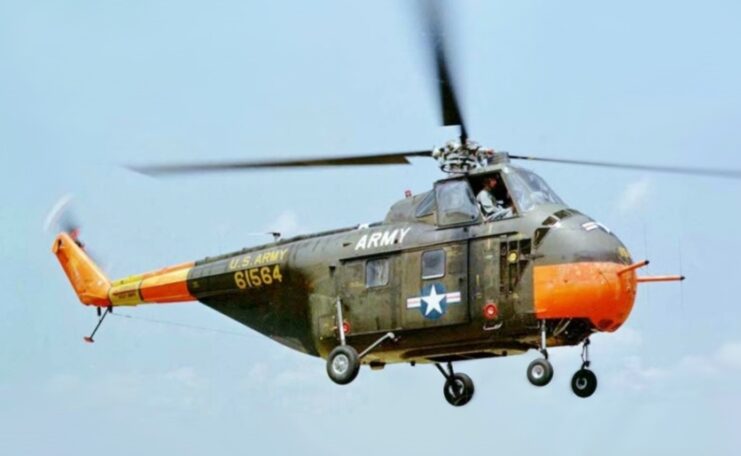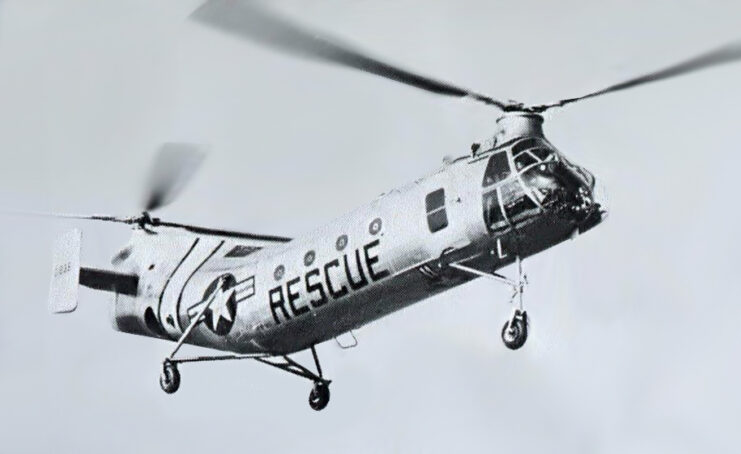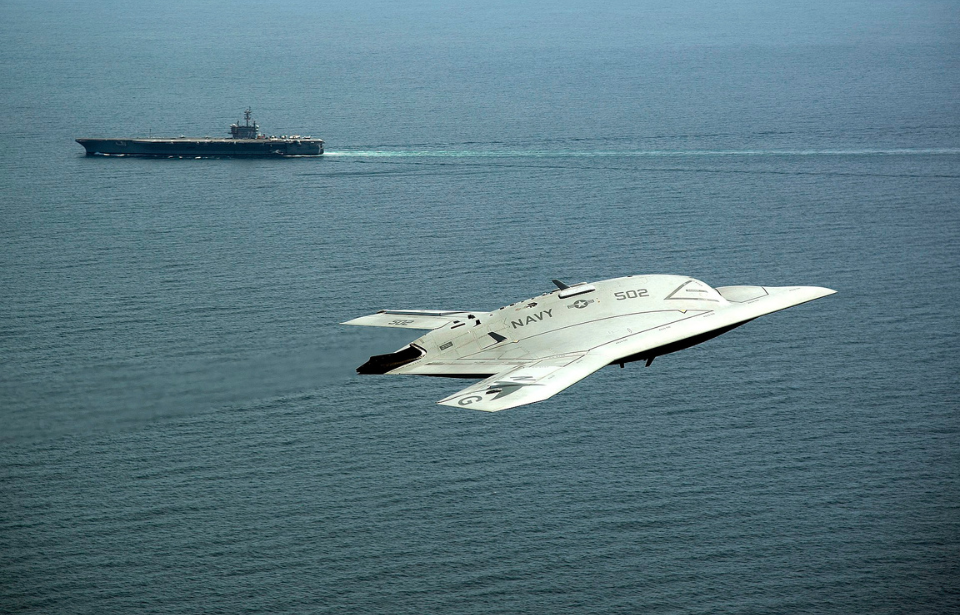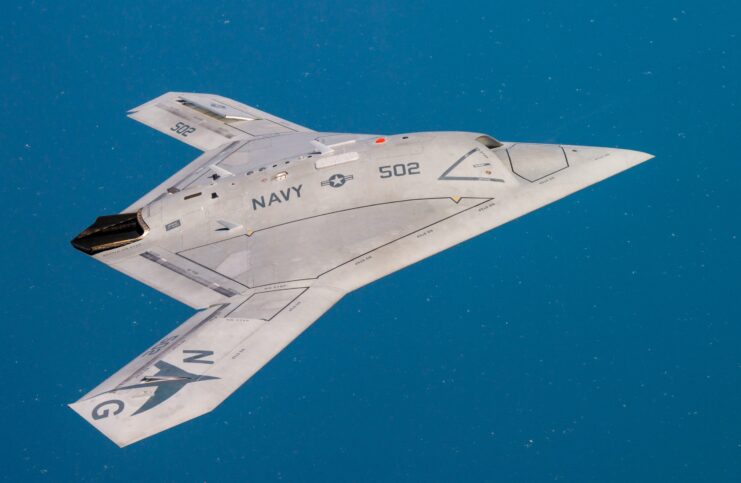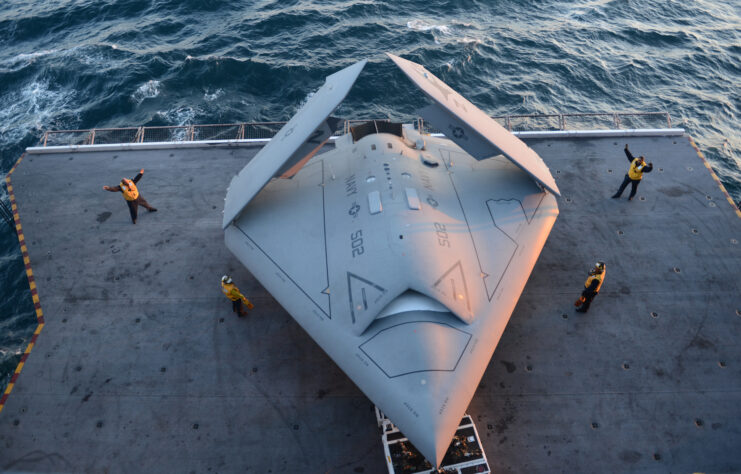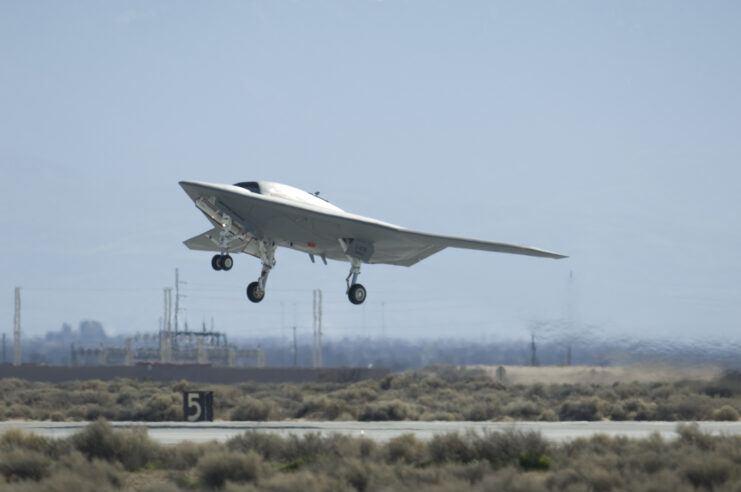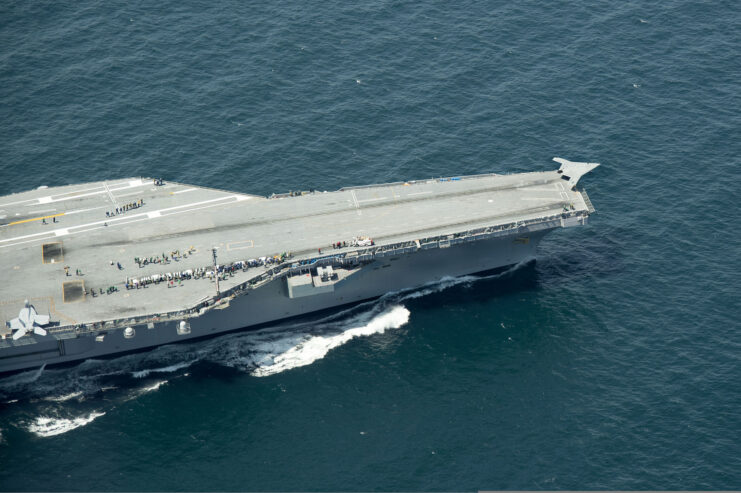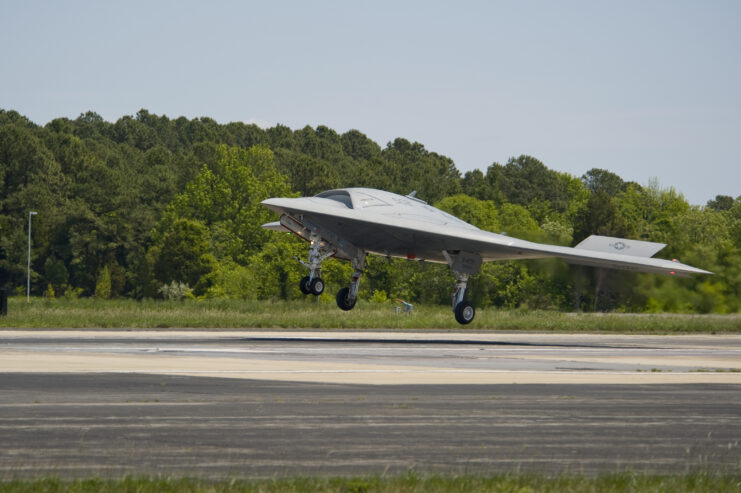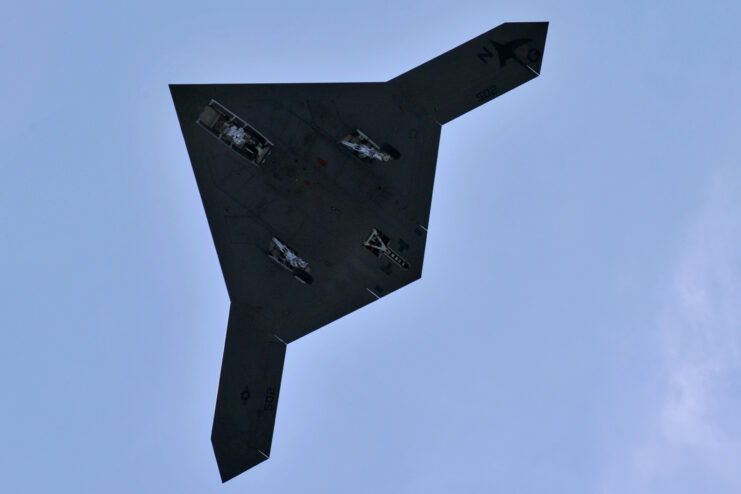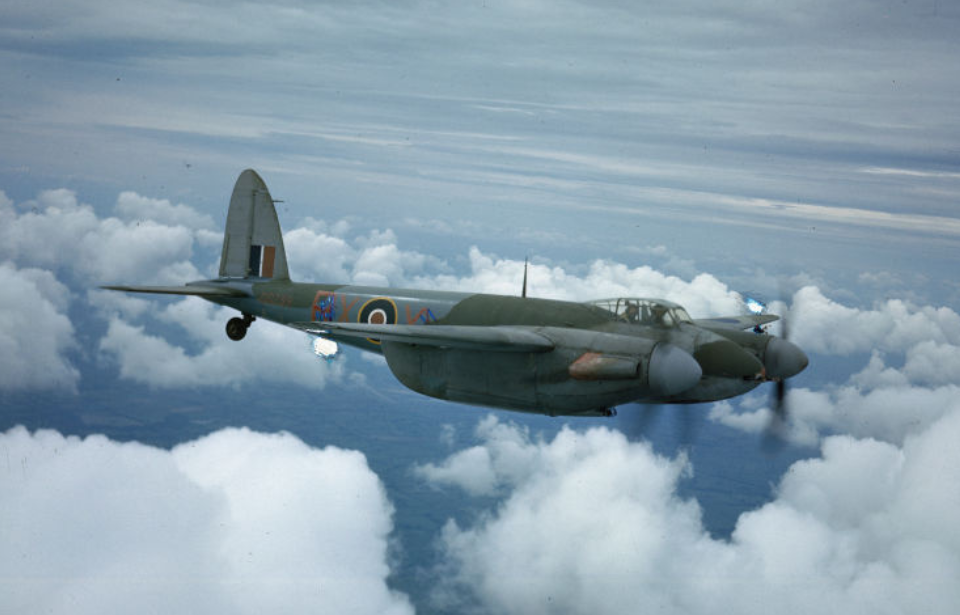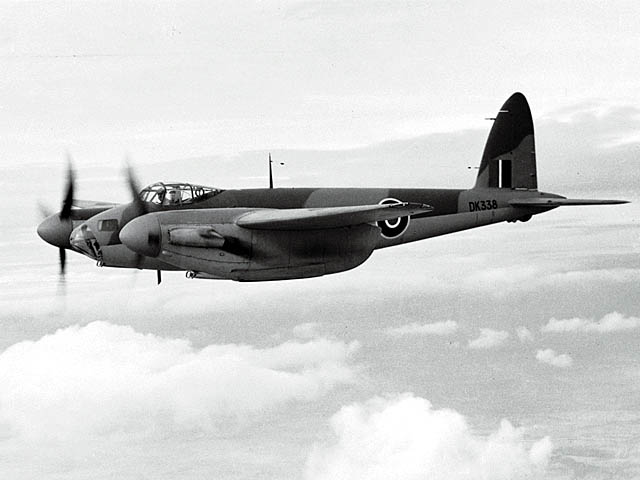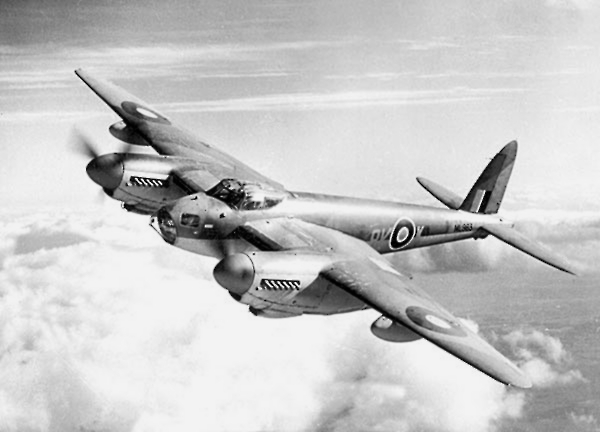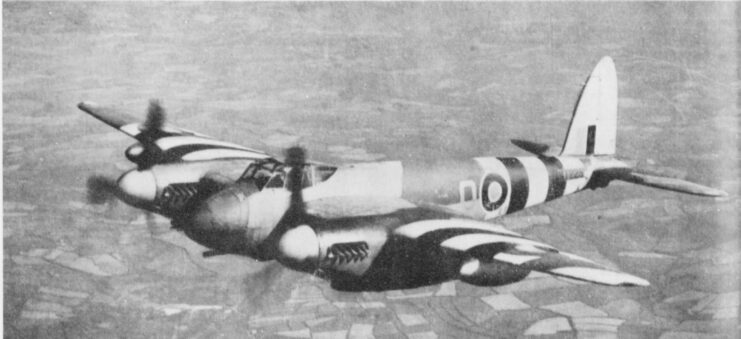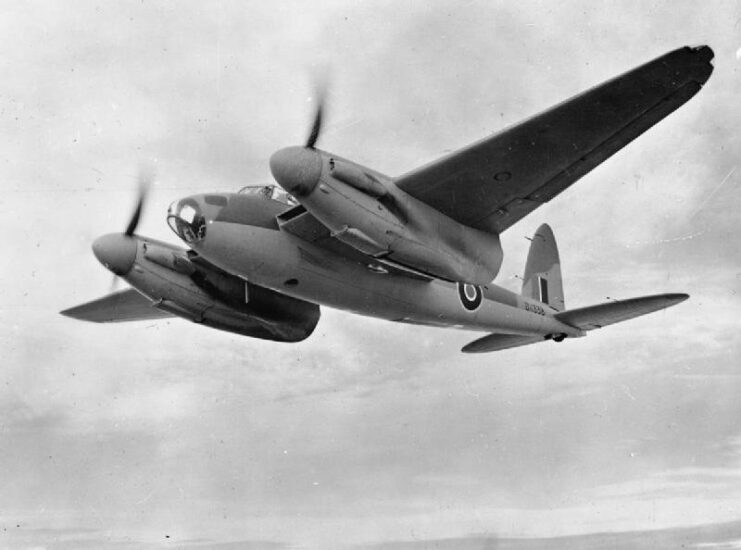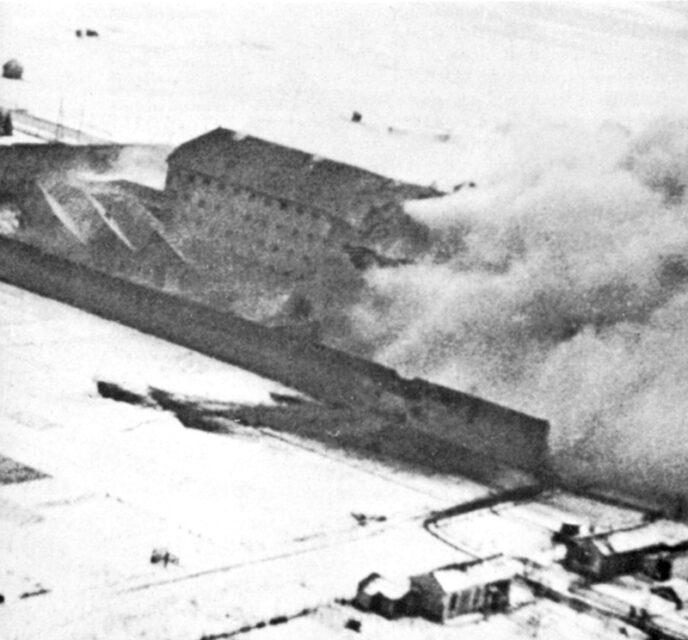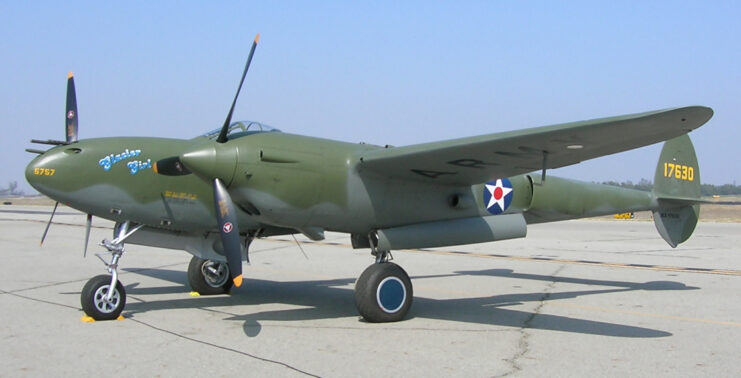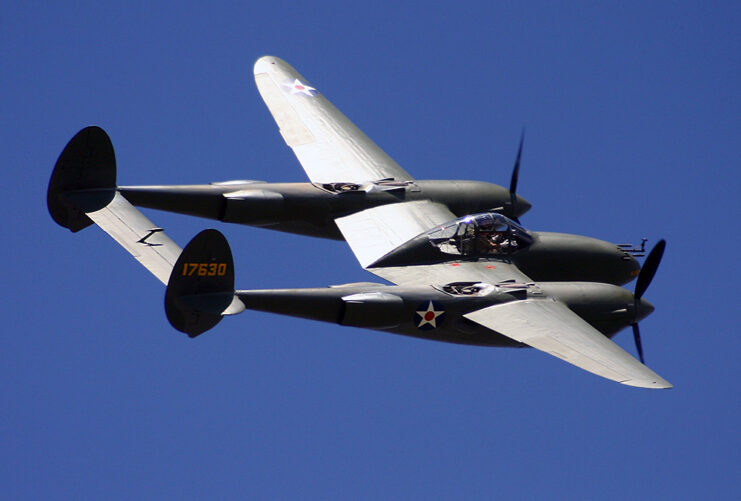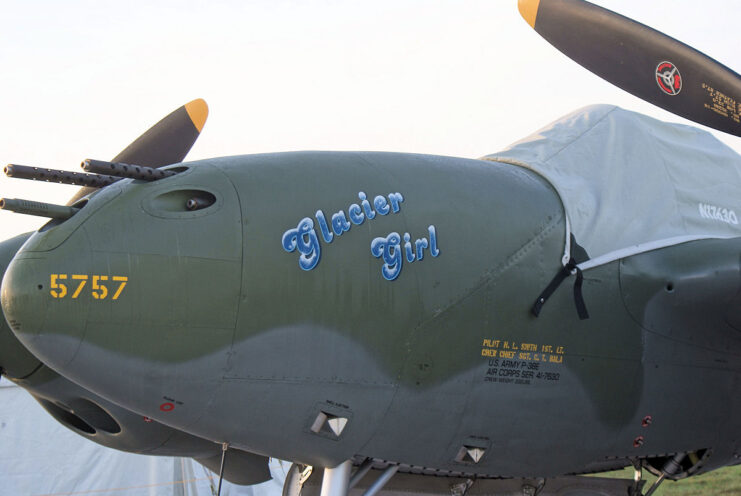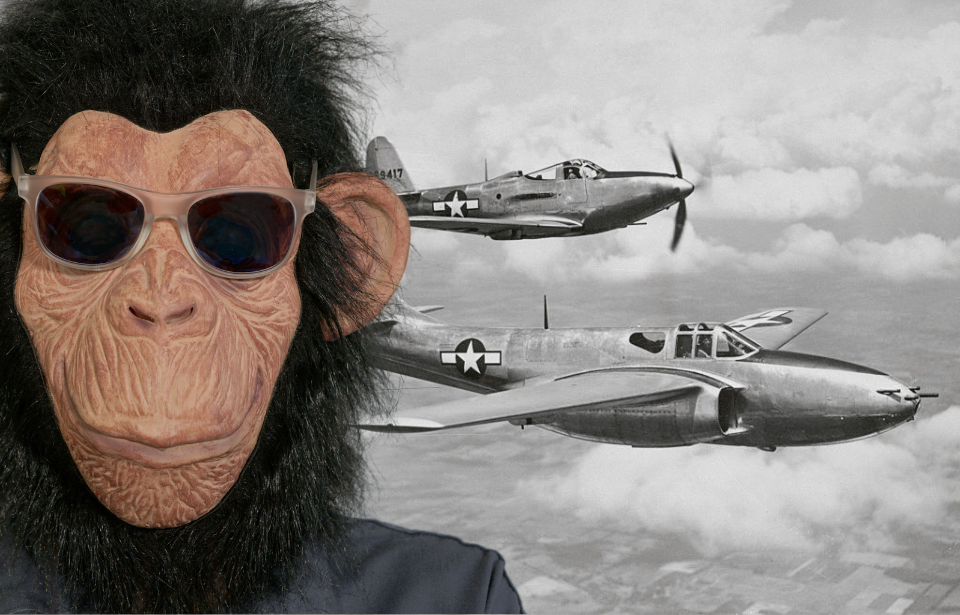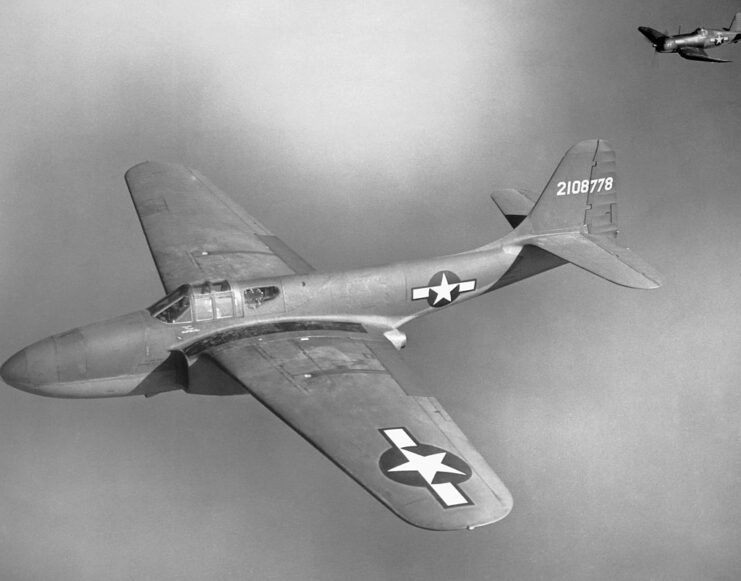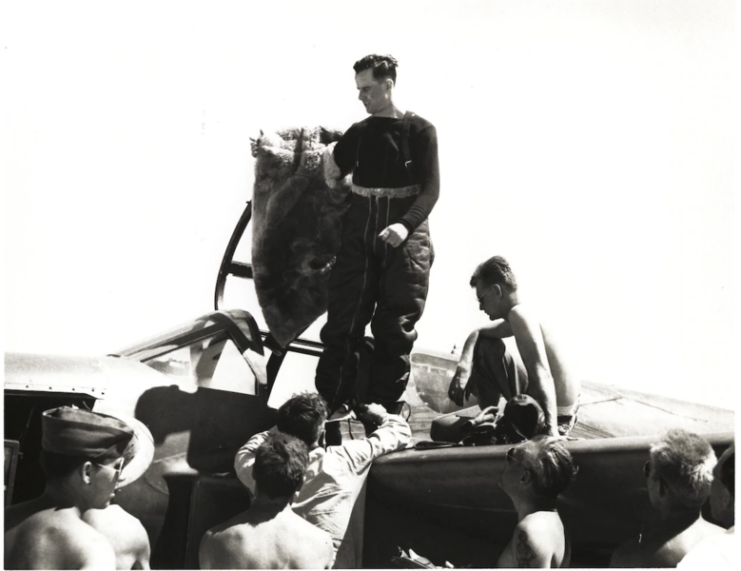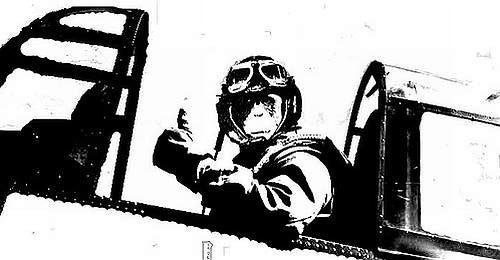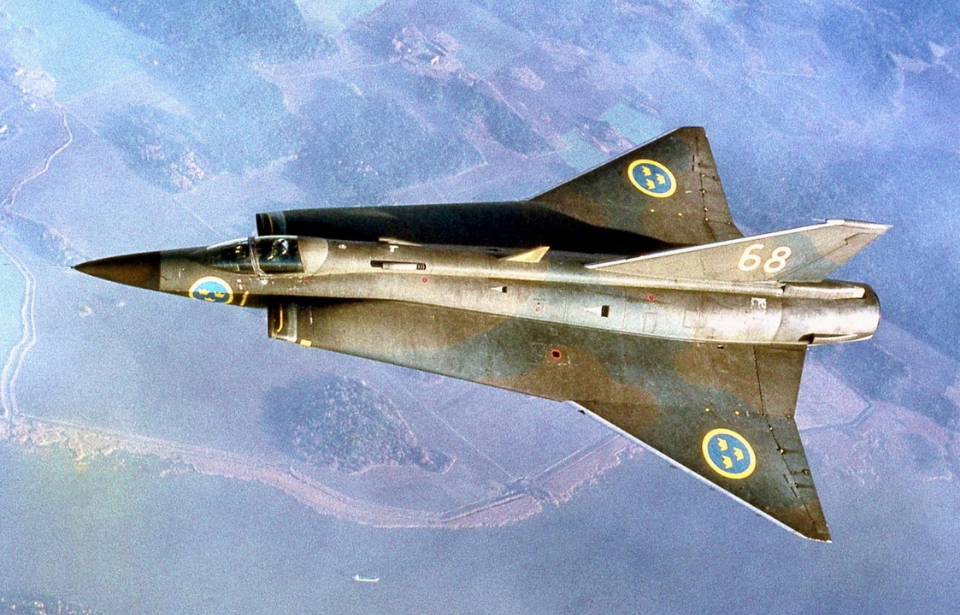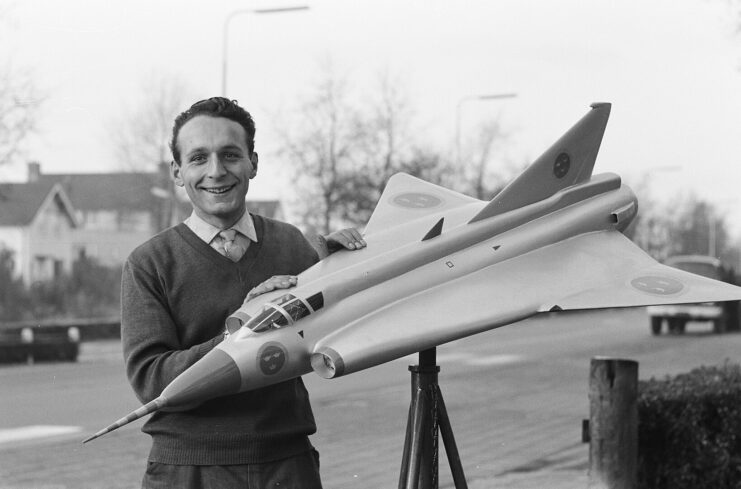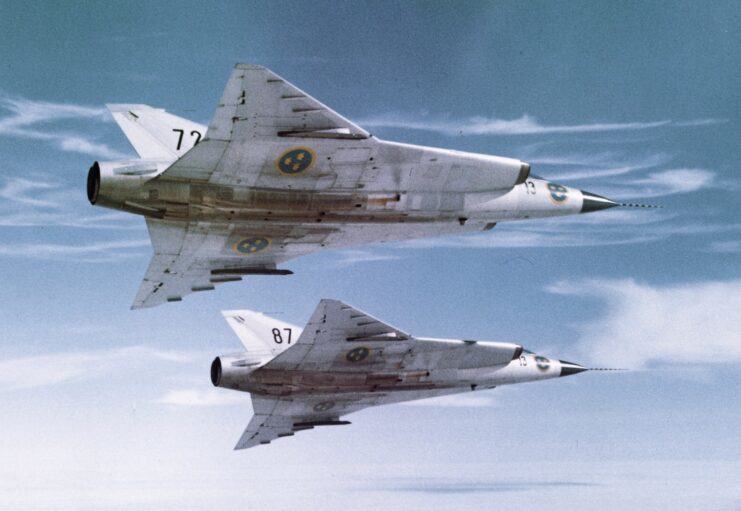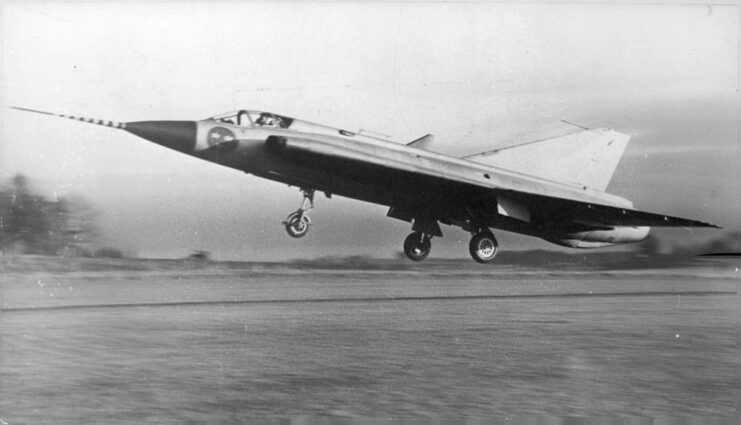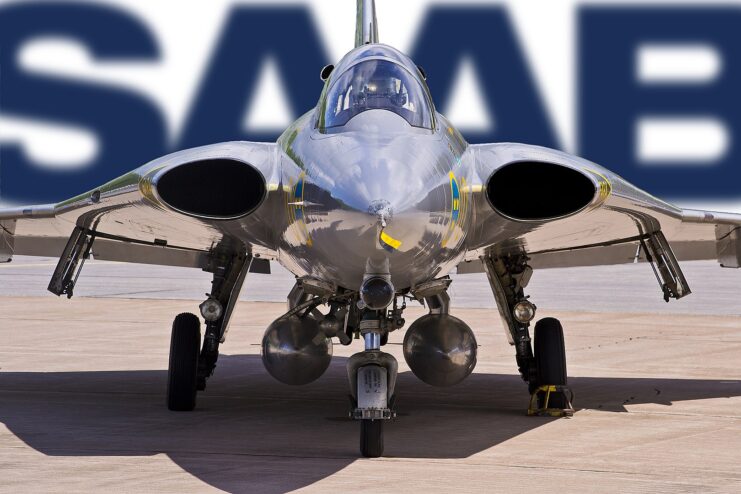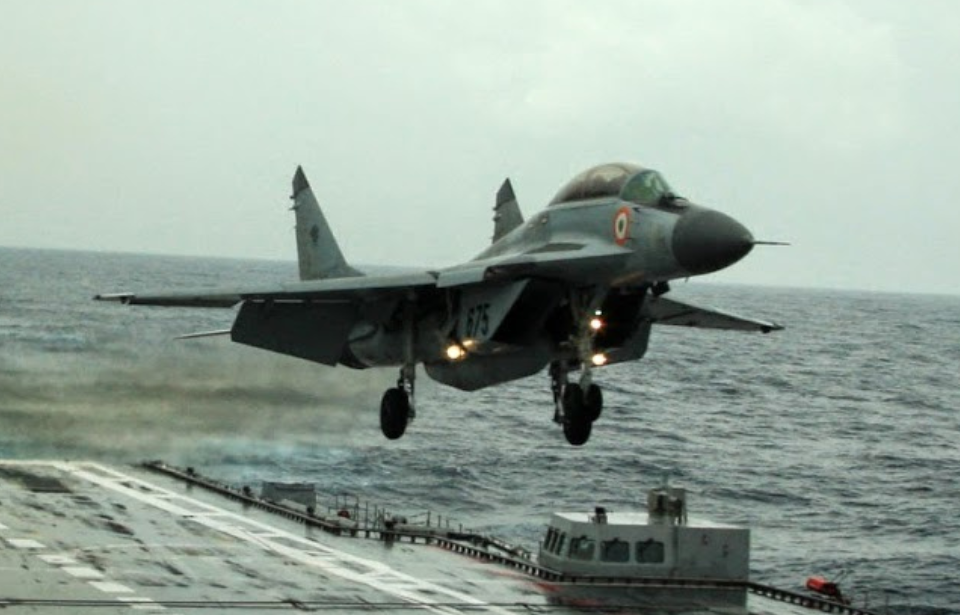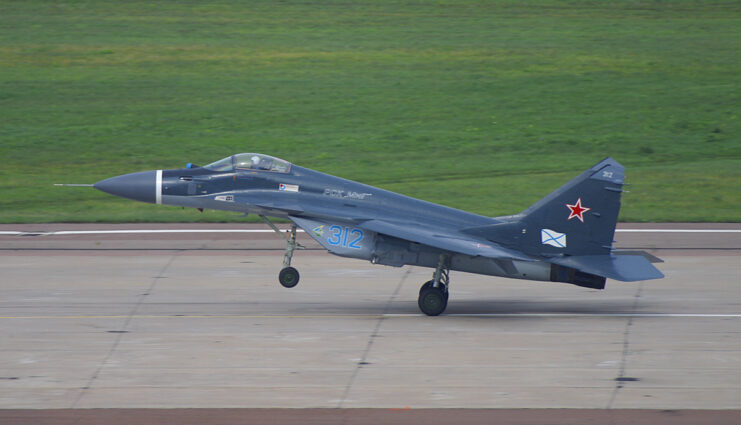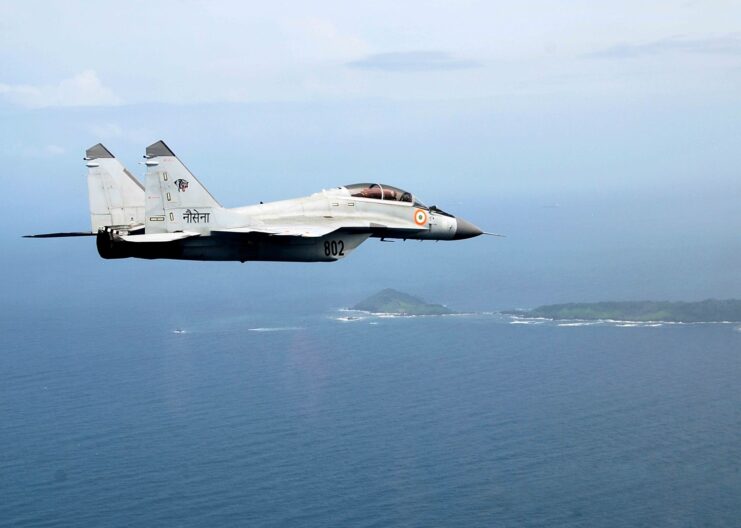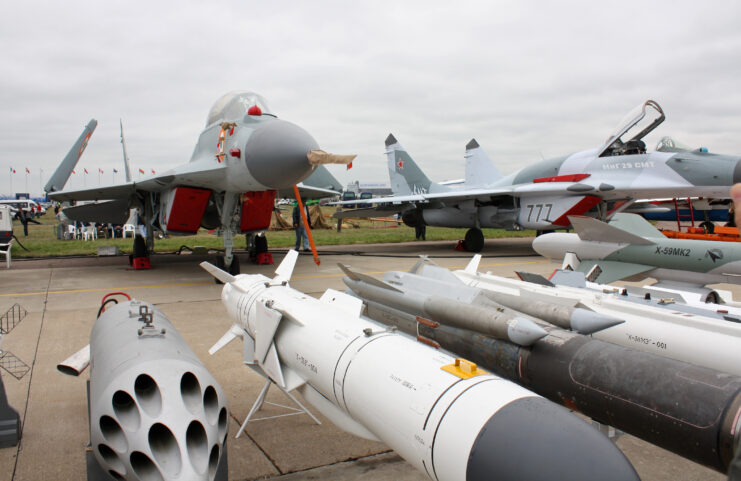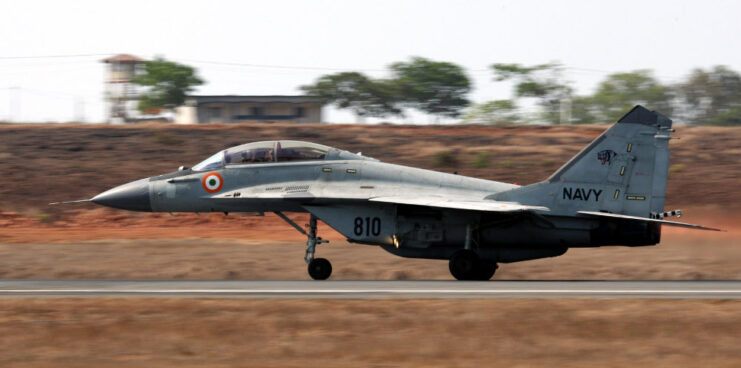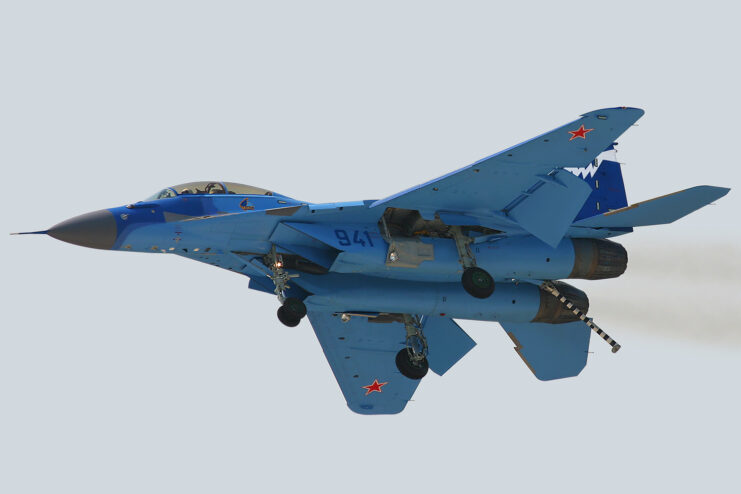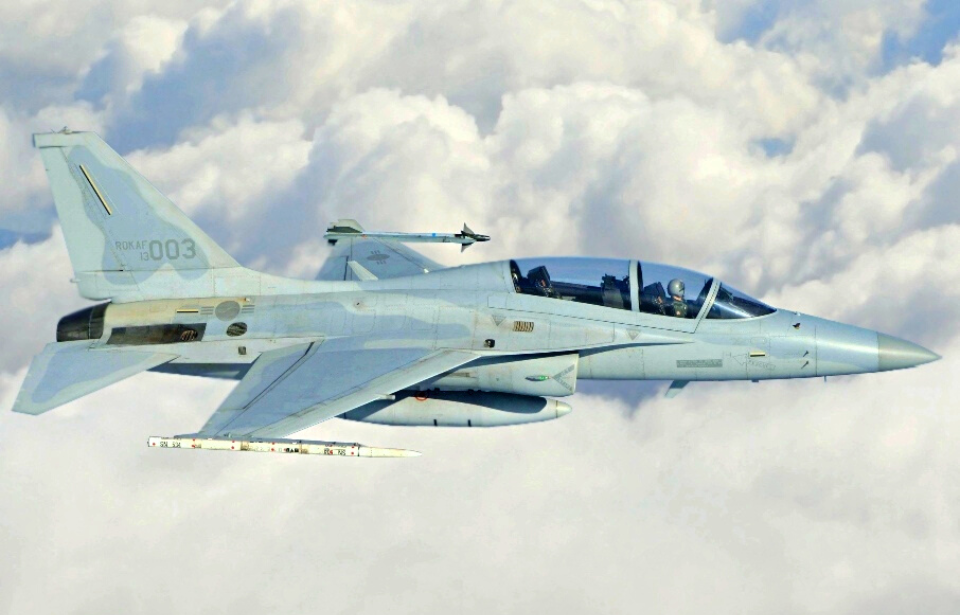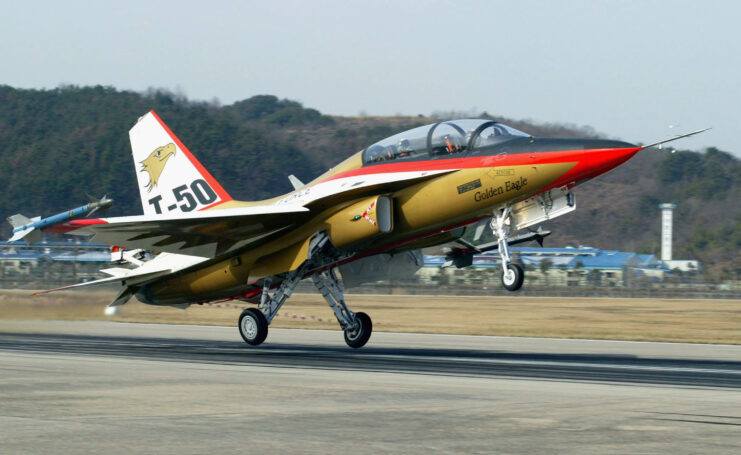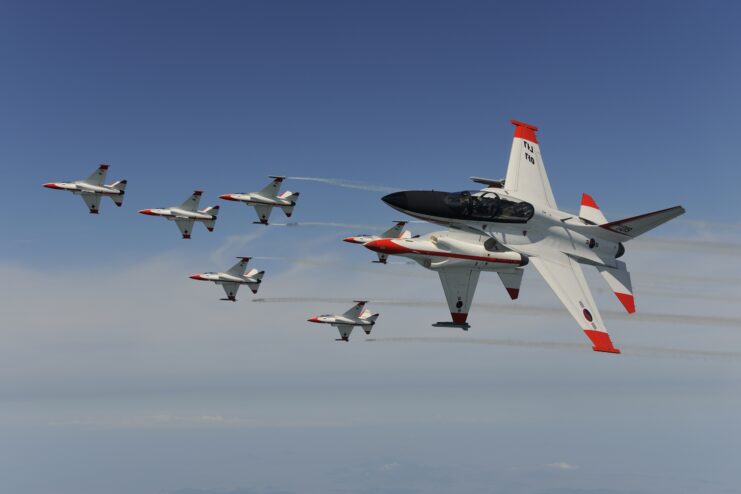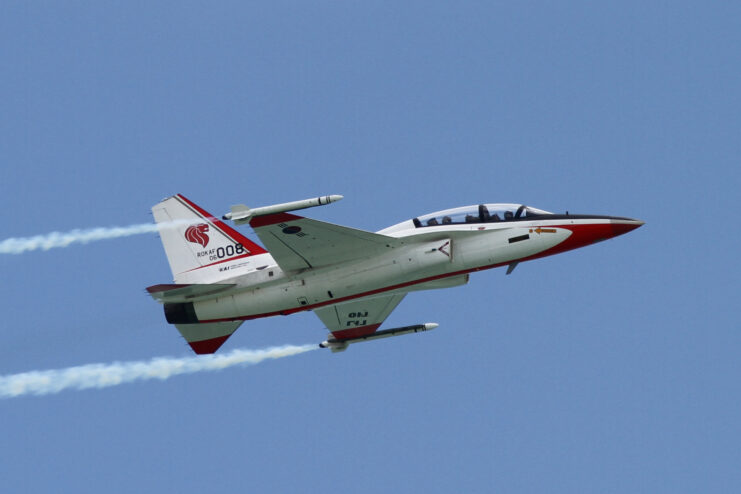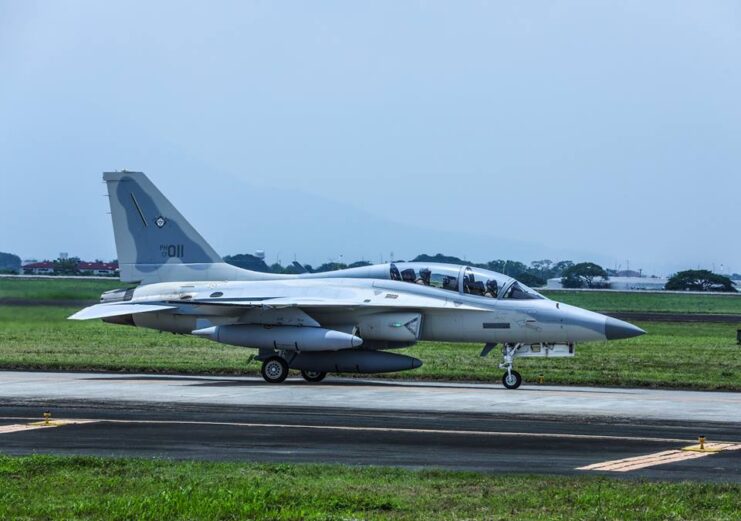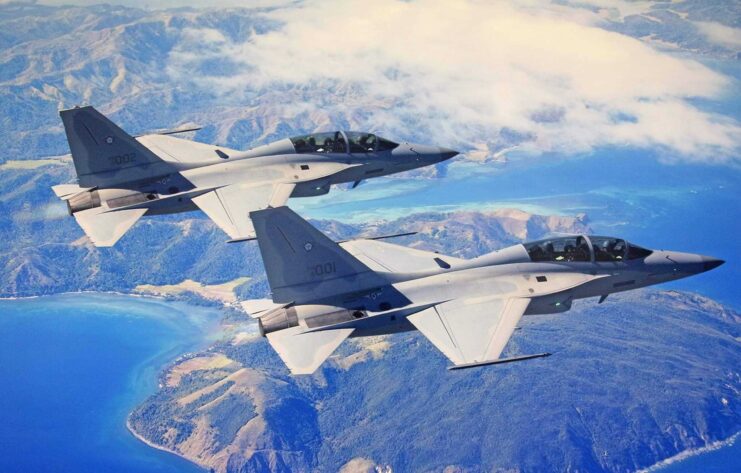The Cessna A-37 Dragonfly is an American light attack aircraft. Developed from the T-37 Tweet basic trainer, which earned it the nickname, “Super Tweet,” it served with the US Air Force throughout the Vietnam War. The aircraft also saw extensive flight time outside the United States, and is currently flown by six different air forces in South America.
Development of the Cessna A-37 Dragonfly
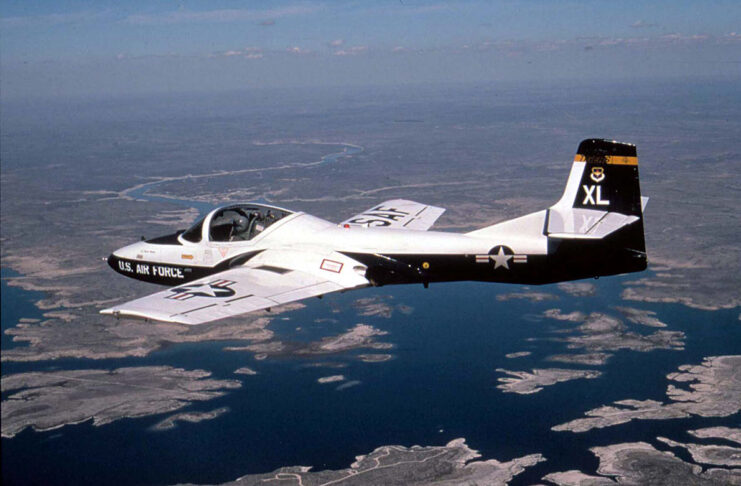
In the early 1960s, as the US became more involved in Vietnam, the need arose for a counter-insurgency (COIN) aircraft. COIN operations included forward air control (FAC), reconnaissance, air escort and ground support missions.
In 1962, the Air Force’s Special Air Warfare Center looked at the T-37C as the aircraft to fill this role. Seen as a promising fit with the necessary modifications, the service contracted Cessna for two prototypes. The YAT-37D was produced with shorter wings (three pylons on each), larger wingtip fuel tanks, a General Electric minigun, improved avionics and a more robust landing gear. The first prototype flew in October 1964.
Despite positive results, the program was stopped as interest faded. The decision seemed definite, with one of the prototypes being sent to the National Museum of the United States Air Force at Wright-Patterson Air Force Base, Ohio for public display (which it would do after being retired for a second and final time in 1970).
Cessna A-37 Dragonfly specs
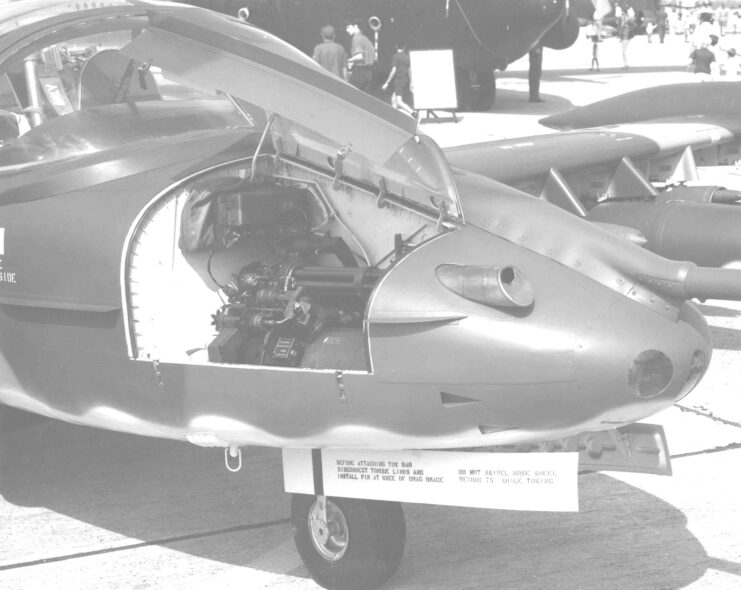
Despite its small stature, the A-37 Dragonfly carried an impressive amount of armament. Located in the right side of the aircraft’s nose was a single 7.62 mm General Electric GAU-2B/A minigun. Other munitions included bombs, napalm, the SUU-11/A minigun pod and rocket packs. With eight pylons – three under each wing and two beneath the main airframe – the A-37 could carry up to 3,000 pounds of bombs, rockets and missiles.
At the tip of both wings were fitted fuel tanks, and the aircraft was powered by two General Electric J85-GE-17A turbojets. Each produced 2,400 pounds of thrust, allowing for a top speed of between 485-507 MPH.
Baptism by fire
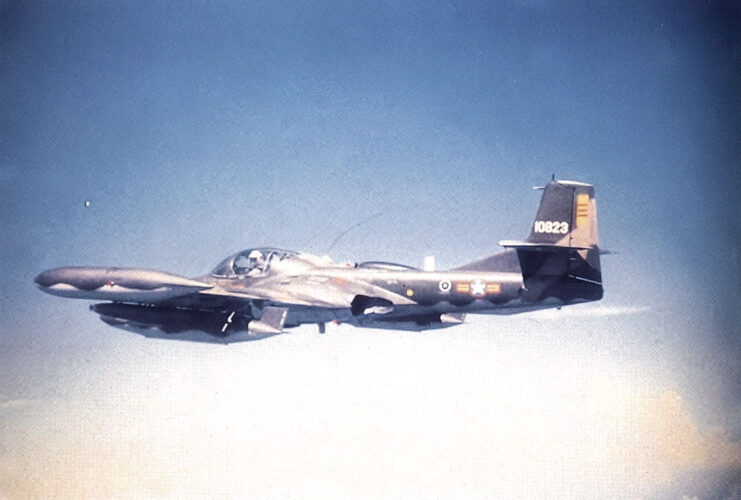
The first A-37A Dragonflies were sent to Vietnam in August 1967 as part of the Combat Dragon evaluation program, during which they flew close air support, FAC, helicopter escort and night interdiction missions.
Service during the Vietnam War
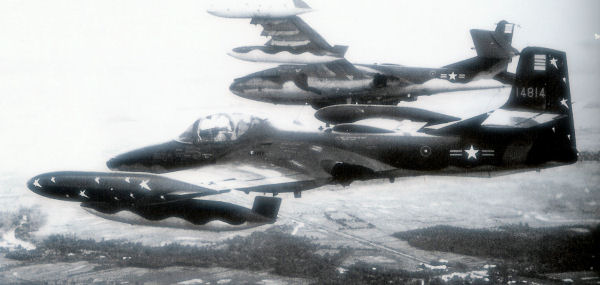
In combat, the A-37 Dragonfly enjoyed pinpoint accuracy that others did not. Unlike swept wing aircraft that flew at high speeds, it was able to slow attack runs to only 100 MPH. This resulted in an average hitting range within a 45 foot radius of a target. As one forward air controller remarked, “Thank God, now I have somebody who can actually hit the d**n target.”
During the Vietnam War, A-37s were used by the Republic of Vietnam Air Force, as well as the US Air Force. In total, the aircraft flew 68,471 missions between 1967-74 (some sources say more than 160,000 combat sorties), focused on regions in South Vietnam. Despite valiantly taking part in the air war, the A-37 has been largely overlooked in favor of Vietnam’s “Heavy Metal,” including the F-4 Phantom II, the North American F-100 Super Sabre and the Republic F-105 Thunderchief.
After the conflict, the A-37 continued to serve with the Air National Guard and Air Force Reserve, before being replaced by the Fairchild Republic A-10 Thunderbolt II.
Cessna A-37 Dragonfly in Central and South America
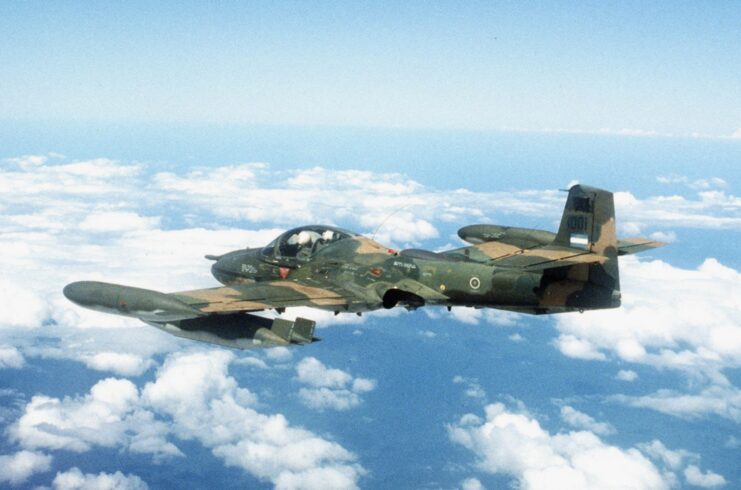
Outside of American use in Vietnam, the A-37D was – and continues to be flown – extensively in Central and South America. Exported to many countries in the 1970s, the aircraft perfectly fit the needs of Latin American air forces, mainly for counter-insurgency and counter-narcotics operations.
